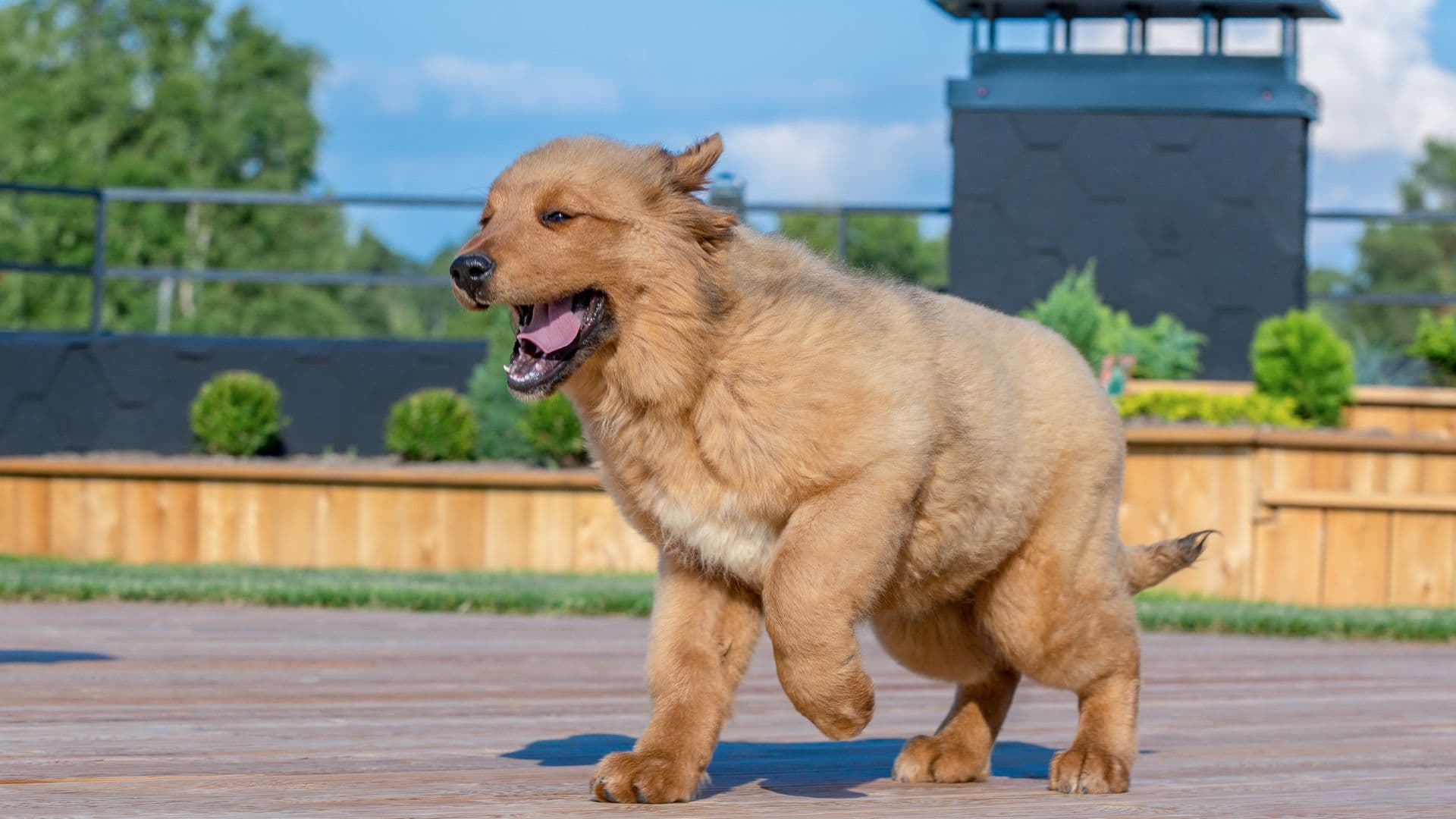
How to Re-home Your Pet [Step-by-Step Guide]
Find out how to re-home your pet responsibly. Learn the steps to ensure a safe and smooth transition for your pet into a new loving home.

Find majestic Tibetan Mastiffs needing new homes. Connect directly with owners who need to rehome their noble guardians.
Discover the joy of welcoming an ancient guardian into your family
When you adopt a Tibetan Mastiff, you're welcoming an ancient guardian into your life. These noble companions bring unmatched protective instincts, majestic presence, and independent loyalty to families with space. Their natural guardian abilities and deep devotion create partnerships built on mutual respect and timeless bonds.
Natural protectors with thousands of years of heritage
Majestic appearance commanding respect and admiration
Deep bonds with families who earn their trust
Intelligent guardians who protect with wisdom
Understanding adoption fees and what's included
Majestic guardians ready for partnership
Typically Includes:
Confident protectors with established nobility
Typically Includes:
Wise companions seeking peaceful devotion
Typically Includes:
Unique guardians with extraordinary love
Typically Includes:
Adopting a Tibetan Mastiff offers incredible value - typically 70-85% less than purchasing. You're investing in a mature guardian with established personality, while giving a deserving dog the loving home they need. It's a win-win for both you and your new protector.
Give a noble guardian a second chance at happiness
From search to forever home - your pet adoption journey in 4 simple steps
Browse through verified pets looking for their forever homes in your area
Message owners directly to learn about the pet's personality and needs
Arrange a safe meeting to see if you and the pet are a perfect match
Complete the adoption process and give a loving pet their forever home
Browse through verified pets looking for their forever homes in your area
Message owners directly to learn about the pet's personality and needs
Arrange a safe meeting to see if you and the pet are a perfect match
Complete the adoption process and give a loving pet their forever home
The trusted platform connecting loving homes with pets in need
All pets and owners are verified, ensuring safe and transparent adoptions.
Communicate directly with current owners to understand each pet's unique story.
Find adoptable pets in your area for convenient meetings and visits.
Access health records, behavioral notes, and care requirements upfront.
Thousands of loving pets are waiting for their forever homes.
Start AdoptingReal stories from dog owners who found perfect companions on Petmeetly
It went great! We traveled to Columbus, Ohio, and brought home Angus. He is the sweetest boy and bonded with me very quickly. I’m so grateful I was able to find him. In such a short time, he has already trained me well. I know his routine for going outside, and he eats calmly without rushing his food. Angus has truly filled an empty spot in my heart. Here are some pictures of him.
Tom Kittinger
Indiana, US
I love this site! I would never use anything else for my Holly.
Marsha Mohan
Illinois, US
Everything is satisfactory. I don't think there is anything that needs to be changed
Norman Bartlett
California, US
A simple, supportive process to welcome your new guardian home
Day 1-2
Day 3-5
Week 1-2
Week 2
Week 2-3
Week 3-4
Everything you need for a perfect match with your Tibetan Mastiff
Create the perfect environment for your new guardian to thrive
Proactive care for a lifetime of noble guardianship
Joint Health Excellence
Supporting their impressive size and mobility
Coat Care Mastery
Regular grooming for their double coat
Temperature Management
Climate control for comfort year-round
Dental Health Focus
Maintaining strong, healthy teeth
10-14 Years of Partnership
A decade-plus of noble companionship
Guardian Health Focus
Specialized care for working guardians
Robust Constitution
Hardy breed with proper care
Expert advice on adopting and caring for rescued Tibetan Mastiffs

Find out how to re-home your pet responsibly. Learn the steps to ensure a safe and smooth transition for your pet into a new loving home.

Download our complete dog adoption checklist to prepare for your new pet. Ensure a smooth, joyful transition into your loving home.
Find loving dogs of various breeds waiting for their forever homes
Your noble Tibetan Mastiff companion is waiting to begin their journey with you.